Visual Communication in Shared Mobility Systems as an Opportunity for Recognition and Competitiveness in Smart Cities
Abstract
:1. Introduction
- data visualization to show the impact of given work,
- shapes and lines to outline relationships, processes, and flows,
- symbols and icons to make information more memorable,
- visuals and data to tell stories,
- color to indicate importance and draw attention
2. Methods
3. Results
4. Discussion
5. Conclusions
- regularly broaden their knowledge of visual communication and its new possibilities of use in shared mobility systems,
- properly rethink the concept of the brand’s visual communication by creating and adapting it based on the developed strategy or business model,
- pay attention to the color of the vehicles when selecting your vehicle fleet,
- in the case of a fleet of economy vehicles, choose vehicles in colors that are “eye-catching”,
- in the case of a fleet of premium vehicles, choose vehicles in subdued colors and use subtle or no branding to give the impression of luxury,
- standardize visual communication (through the color and branding consistency) for all vehicles used in the fleet,
- maintain the consistency of visual communication, starting from the fleet of vehicles and ending with information channels, social media, and websites,
- regularly validate the visual communication used,
- conduct own research on the level of user satisfaction with the visual communication used in the company,
- improve visual communication by implementing various types of additional accessories to improve visibility, e.g., by means of additional lighting elements to indicate vehicle availability or reservation
- use visual communication for marketing by allocating the external surface of vehicles for the use of own or stakeholder advertising,
- designate a department in the company or specific people whose tasks will include taking care of the visual condition of vehicles,
- collaborate with professionals with experience in visual communication instead of creating concepts by own company,
- advanced cooperation with the company’s stakeholders to create new visual communication mobilization within the framework of open innovation.
Author Contributions
Funding
Institutional Review Board Statement
Informed Consent Statement
Data Availability Statement
Conflicts of Interest
Appendix A
- Q1
- Do you know what visual communication is?
- Q2
- When choosing a fleet of vehicles, did you pay attention to its color?
- Q3
- What colors of vehicles in your fleet are the most important to you?
- Q4
- Do all vehicles in your fleet have the same color?
- Q5
- Do all vehicles have the same branding (visual uniformity)?
- Q6
- What was the basis of branding?
- Q7
- Do you have additional accessories to make your fleet more attractive?
- Q8
- Do users have an impact on how visually labeled your fleet is?
- Q9
- Do users pay attention to the fact that the fleet is clean?
- Q10
- Do users could submit their comments on the cleanliness of the vehicle?
- Q11
- Do users report to you their objections to the visual side of vehicles, e.g., dissatisfaction with the branding of the vehicle?
- Q12
- If users report to you their objections, what the notification were about?
- Q13
- Do you promote “good practices” connected to the visual side of the fleet of vehicles, e.g., washing the vehicle by offering travel credits, etc.?
- Q14
- Do you have a different branding for premium vehicles?
- Q15
- Do you own vehicles without branding?
- Q16
- Do you think your visual communication is innovative? How do you perceive its attractiveness?
- Q17
- Do you think that visual communication can improve the attractiveness of your business?
- Q18
- Are you going to change your visual communication influenced by competition?
References
- United Nations, Department of Economic and Social Affairs & Population Division 2019. World Urbanization Prospects: Highlights (St/Esa/Ser.A/421). Available online: https://population.un.org/wup/publications/Files/WUP2018-Highlights.pdf (accessed on 5 June 2022).
- Kauf, S. Smart logistics as a basis for the development of the smart city. Transp. Res. Procedia 2019, 39, 143–149. [Google Scholar] [CrossRef]
- Gajdzik, B.; Wolniak, R. Influence of Industry 4.0 Projects on Business Operations: Literature and Empirical Pilot Studies Based on Case Studies in Poland. J. Open Innov. Technol. Mark. Complex. 2022, 8, 44. [Google Scholar] [CrossRef]
- Bamwesigye, D.; Hlavackova, P. Analysis of Sustainable Transport for Smart Cities. Sustainability 2019, 11, 2140. [Google Scholar] [CrossRef] [Green Version]
- Balletto, G.; Ladu, M.; Milesi, A.; Camerin, F.; Borruso, G. Walkable City and Military Enclaves: Analysis and Decision-Making Approach to Support the Proximity Connection in Urban Regeneration. Sustainability 2022, 14, 457. [Google Scholar] [CrossRef]
- Allam, Z.; Bibri, S.E.; Chabaud, D.; Moreno, C. The ’15-Minute City’ Concept Can Shape a Net-Zero Urban Future. Humanit. Soc. Sci. Commun. 2022, 9, 126. [Google Scholar] [CrossRef]
- Lydon, M.; Garcia, A. Tactical Urbanism; Island Press/Center for Resource Economics: Washington, DC, USA, 2015. [Google Scholar] [CrossRef] [Green Version]
- Aibar, E.; Bijker, W.E. Constructing a City: The Cerdà Plan for the Extension of Barcelona. Sci. Technol. Hum. Values 1997, 22, 3–30. [Google Scholar] [CrossRef]
- Eggimann, S. The Potential of Implementing Superblocks for Multifunctional Street Use in Cities. Nat. Sustain. 2022, 5, 406–414. [Google Scholar] [CrossRef]
- Oh, J. Smart City as a Tool of Citizen-Oriented Urban Regeneration: Framework of Preliminary Evaluation and Its Application. Sustainability 2020, 12, 6874. [Google Scholar] [CrossRef]
- Nikki Han, M.J.; Kim, M.J. A Critical Review of the Smart City in Relation to Citizen Adoption towards Sustainable Smart Living. Habitat Int. 2021, 108, 102312. [Google Scholar] [CrossRef]
- Simonofski, A.; Asensio, E.S.; De Smedt, J.; Snoeck, M. Citizen Participation in Smart Cities: Evaluation Framework Proposal. In Proceedings of the 2017 IEEE 19th Conference on Business Informatics (CBI), Thessaloniki, Greece, 24–27 July 2017; pp. 227–236. [Google Scholar] [CrossRef]
- Fabris, L.M.F.; Camerin, F.; Semprebon, G.; Balzarotti, R.M. New Healthy Settlements Responding to Pandemic Outbreaks: Approaches from (and for) the Global City. Plan J. 2020, 5, 385–406. [Google Scholar] [CrossRef]
- Turoń, K.; Kubik, A. Business Innovations in the New Mobility Market during the COVID-19 with the Possibility of Open Business Model Innovation. J. Open Innov. Technol. Mark. Complex. 2021, 7, 195. [Google Scholar] [CrossRef]
- Ride Sharing Market by Type (E-Hailing, Station-Based, Car Sharing & Rental), Car Sharing (P2P, Corporate), Service (Naviga-tion, Payment, Information), Micro-Mobility (Bicycle, Scooter), Vehicle Type, and Region—Global Forecast to 2026. Available online: https://www.researchandmarkets.com/reports/5351549/ride-sharing-market-by-type-e-hailing-sta-397tion?utm_source=GNOM&utm_medium=PressRelease&utm_code=lsqc47&utm_campaign=1554819+-+Global+Ride+Shar-398ing+Market+Report+2021%3a+Market+is+Projected+to+Grow+from+%2485.8+Billion+in+2021+and+Reach+%24185.1+Bil-399lion+in+2026&utm_exec=chdo54prd (accessed on 7 May 2022).
- Qin, H.; Su, E.; Wang, Y.; Li, J. Branch-and-price-and-cut for the electric vehicle relocation problem in one-way carsharing systems. Omega 2022, 109, 102609. [Google Scholar] [CrossRef]
- Osorio, J.; Lei, C.; Ouyang, Y. Optimal rebalancing and on-board charging of shared electric scooters. Transp. Res. B Methodol. 2021, 147, 197–219. [Google Scholar] [CrossRef]
- D’Andreagiovanni, F.; Nardin, A.; Carrese, S. An Analysis of the Service Coverage and Regulation of E-Scooter Sharing in Rome (Italy). Transp. Res. Procedia 2022, 60, 440–447. [Google Scholar] [CrossRef]
- Fu, C.; Ma, S.; Zhu, N.; He, Q.-C.; Yang, H. Bike-sharing inventory management for market expansion. Transp. Res. Part B Methodol. 2022, 162, 28–54. [Google Scholar] [CrossRef]
- Tekouabou, S.C.K. Intelligent management of bike sharing in smart cities using machine learning and Internet of Things. Sustain. Cities Soc. 2021, 67, 102702. [Google Scholar] [CrossRef]
- Qiumeng, L.; Weipan, X. The impact of COVID-19 on bike-sharing travel pattern and flow structure: Evidence from Wuhan. Camb. J. Reg. Econ. Soc. 2022, rsac005. [Google Scholar] [CrossRef]
- Garaus, M.; Garaus, C. The Impact of the COVID-19 Pandemic on Consumers’ Intention to Use Shared-Mobility Services in German Cities. Front. Psychol. 2021, 12, 646593. Available online: https://www.frontiersin.org/article/10.3389/fpsyg.2021.646593 (accessed on 7 June 2022). [CrossRef]
- Moreno, C.; Allam, Z.; Chabaud, D.; Gall, C.; Pratlong, F. Introducing the “15-Minute City”: Sustainability, Resilience and Place Identity in Future Post-Pandemic Cities. Smart Cities 2021, 4, 93–111. [Google Scholar] [CrossRef]
- Turoń, K.; Czech, P. The Concept of Rules and Recommendations for Riding Shared and Private E-Scooters in the Road Network in the Light of Global Problems. In Modern Traffic Engineering in the System Approach to the Development of Traffic Networks; Macioszek, E., Sierpiński, G., Eds.; TSTP 2019; Advances in Intelligent Systems and Computing; Springer: Cham, Switzerland, 2020; Volume 1083. [Google Scholar] [CrossRef]
- Kubik, A.; Turoń, K.; Stanik, Z. Car-sharing systems vehicles versus taxis in urban transport system—Legal requirements, technical service, operation. In Proceedings of the International Conference on Traffic and Transport Engineering (ICTTE), Belgrade, Serbia, 27–28 September 2018; pp. 923–930. [Google Scholar]
- 7 Paramount Components of Visual Communication. Infographic Design Team—Infographics Design—Data Visualization. Available online: https://www.infographicdesignteam.com/blog/components-of-visual-communication/ (accessed on 27 January 2021).
- Nida, I. Art of Visual Communication, Evolution and its Impact. Indian J. Public Health Res. Dev. 2018, 9, 1725–1728. [Google Scholar]
- Isaac, M.; Lipkus, J.G. Hollands, The Visual Communication of Risk. JNCI Monogr. 1999, 25, 149–163. [Google Scholar] [CrossRef]
- Göransson, K.; Fagerholm, A.S. Towards visual strategic communications: An innovative interdisciplinary perspective on visual dimensions within the strategic communications field. J. Commun. Manag. 2018, 22, 46–66. [Google Scholar] [CrossRef]
- Venngage Portal. Visual Communication. Available online: https://venngage.com/blog/visual-communication/ (accessed on 13 June 2022).
- Staszewska, J.; Skorus, P. Marketing Aspects of Visual Communication Management in the SMEs Sector [Marketingowe Aspekty Zarządzania Komunikacją Wizualną w Sektorze MŚP]; Wyższa Szkoła Humanitas: Sosnowiec, Poland, 2018. [Google Scholar]
- Valachová, D.; Kováčová, B.; Bergerová, X.; Ševčovič, M. Significance of evaluation in art education in the process of participant’s self-expression. AD ALTA J. Interdiscip. Res. 2021, 11, 289–294. [Google Scholar]
- Statista. Shared Mobility in Poland. Available online: https://www.statista.com/topics/6579/shared-mobility-in-poland/#topicHeader__wrapper (accessed on 27 May 2022).
- Research and Market Portal. Shared Mobility Market Size, Share & Trends Analysis Report by Service Model (Ride Hailing, Bike Sharing, Ride Sharing), by Vehicle Type (Cars, Two-wheelers), by Region (North America, Europe, APAC, Latin America), and Segment Forecasts, 2022–2030. Available online: https://www.researchandmarkets.com/reports/5595792/shared-mobility-market-size-share-and-trends?utm_source=BW&utm_medium=PressRelease&utm_code=qr3qtb&utm_campaign=1704132+-+World+Shared+Mobility+Market+Analysis+Report+2022-2030+Featuring+Car2Go%2c+Deutsche+Bahn+Connect%2c+Didi+Chuxing%2c+Drive+Now%2c+Evcard%2c+Flinkster%2c+Grab%2c+Greengo%2c+Lyft%2c+Uber%2c+%26+Zipcar&utm_exec=chdo54prd (accessed on 25 May 2022).
- Palinkas, L.A.; Horwitz, S.M.; Green, C.A.; Wisdom, J.P.; Duan, N.; Hoagwood, K. Purposeful Sampling for Qualitative Data Collection and Analysis in Mixed Method Implementation Research. Adm. Policy Ment. Health 2015, 42, 533–544. [Google Scholar] [CrossRef] [Green Version]
- Patton, M.Q. Qualitative Research and Evaluation Methods, 3rd ed.; Sage Publications: Thousand Oaks, CA, USA, 2002. [Google Scholar]
- Cresswell, J.W.; Plano Clark, V.L. Designing and Conducting Mixed Method Research, 2nd ed.; Sage Publications: Thousand Oaks, CA, USA, 2011. [Google Scholar]
- Bernard, H.R. Research Methods in Anthropology: Qualitative and Quantitative Approaches, 3rd ed.; Alta Mira Press: Walnut Creek, CA, USA, 2002. [Google Scholar]
- Spradley, J.P. The Ethnographic Interview; Holt, Rinehart & Winston: New York, NY, USA, 1979. [Google Scholar]
- Etikan, I.; Abubakar Musa, S.; Sunusi Alkassim, R. Comparison of Convenience Sampling and Purposive Sampling. Am. J. Theor. Appl. Stat. 2016, 5, 1–4. [Google Scholar] [CrossRef] [Green Version]
- Campbell, S.; Greenwood, M.; Prior, S.; Shearer, T.; Walkem, K.; Young, S.; Bywaters, D.; Walker, K. Purposive sampling: Complex or simple? Research case examples. J. Res. Nurs. 2020, 25, 652–661. [Google Scholar] [CrossRef]
- Mishin, V.M. Research of Control Systems; Textbook for Universities; Unity-Dana: Moscow, Russia, 2003. [Google Scholar]
- Gavranović, H. Local search and suffix tree for car-sequencing problem with colors. Eur. J. Oper. Res. 2008, 191, 972–980. [Google Scholar] [CrossRef]
- Axalta Coating Systems Germany GmbH & Co., KG. The Most Popular Car Colors in the World. Int. Surf. Technol. 2021, 14, 16–17. [Google Scholar] [CrossRef]
- Ghosh, T.; Sreejesh, S.; Dwivedi, Y.K. Brand logos versus brand names: A comparison of the memory effects of textual and pictorial brand elements placed in computer games. J. Bus. Res. 2022, 147, 222–235. [Google Scholar] [CrossRef]
- Shokouhyar, S.; Shokoohyar, S.; Sobhani, A.; Jafari Gorizi, J.A. Shared mobility in post-COVID era: New challenges and opportunities. Sustain. Cities Soc. 2021, 67, 102714. [Google Scholar] [CrossRef]
- Turoń, K. Open Innovation Business Model as an Opportunity to Enhance the Development of Sustainable Shared Mobility Industry. J. Open Innov. Technol. Mark. Complex. 2022, 8, 37. [Google Scholar] [CrossRef]
- Jonek-Kowalska, I.; Wolniak, R. The Influence of Local Economic Conditions on Start-Ups and Local Open Innovation System. J. Open Innov. Technol. Mark. Complex. 2021, 7, 110. [Google Scholar] [CrossRef]
- Turoń, K. From the Classic Business Model to Open Innovation and Data Sharing—The Concept of an Open Car-Sharing Business Model. J. Open Innov. Technol. Mark. Complex. 2022, 8, 36. [Google Scholar] [CrossRef]
- Okat, Ö.; Solak, B.B. Visuality in Corporate Communication. In New Media and Visual Communication in Social Networks; Kır, S., Ed.; IGI Global: Hershey, PA, USA, 2020; pp. 37–59. [Google Scholar] [CrossRef]
- Sutoyo, S.; Farhia, Y. The synergy of visual communication and sustainability as brand value. In IOP Conference Series: Earth and Environmental Science, Proceedings of the International Conference on Biospheric Harmony Advanced Research (ICOBAR 2020), Jakarta, Indonesia, 23–24 June 2020; IOP Publishing: Bristol, UK, 2021; Volume 729, p. 012079. [Google Scholar] [CrossRef]
- Caprotti, F. Spaces of visibility in the smart city: Flagship urban spaces and the smart urban imaginary. Urban Stud. 2019, 56, 2465–2479. [Google Scholar] [CrossRef]
- Torisson, F. Strategies of visibility in the smart city. City Territ. Archit. 2022, 9, 15. [Google Scholar] [CrossRef]
- Deloitte. Mobility after COVID-19: The Lure of Travelling versus “Flight-Shaming”. Available online: https://www2.deloitte.com/ch/en/pages/public-sector/articles/mobility-after-covid-19.html (accessed on 7 July 2022).
- Eliasson, J. Will We Travel Less after the Pandemic? Transp. Res. Interdiscip. Perspect. 2022, 13, 100509. [Google Scholar] [CrossRef]
- Alonso-Almeida, M.d.M. To Use or Not Use Car Sharing Mobility in the Ongoing COVID-19 Pandemic? Identifying Sharing Mobility Behaviour in Times of Crisis. Int. J. Environ. Res. Public Health 2022, 19, 3127. [Google Scholar] [CrossRef]
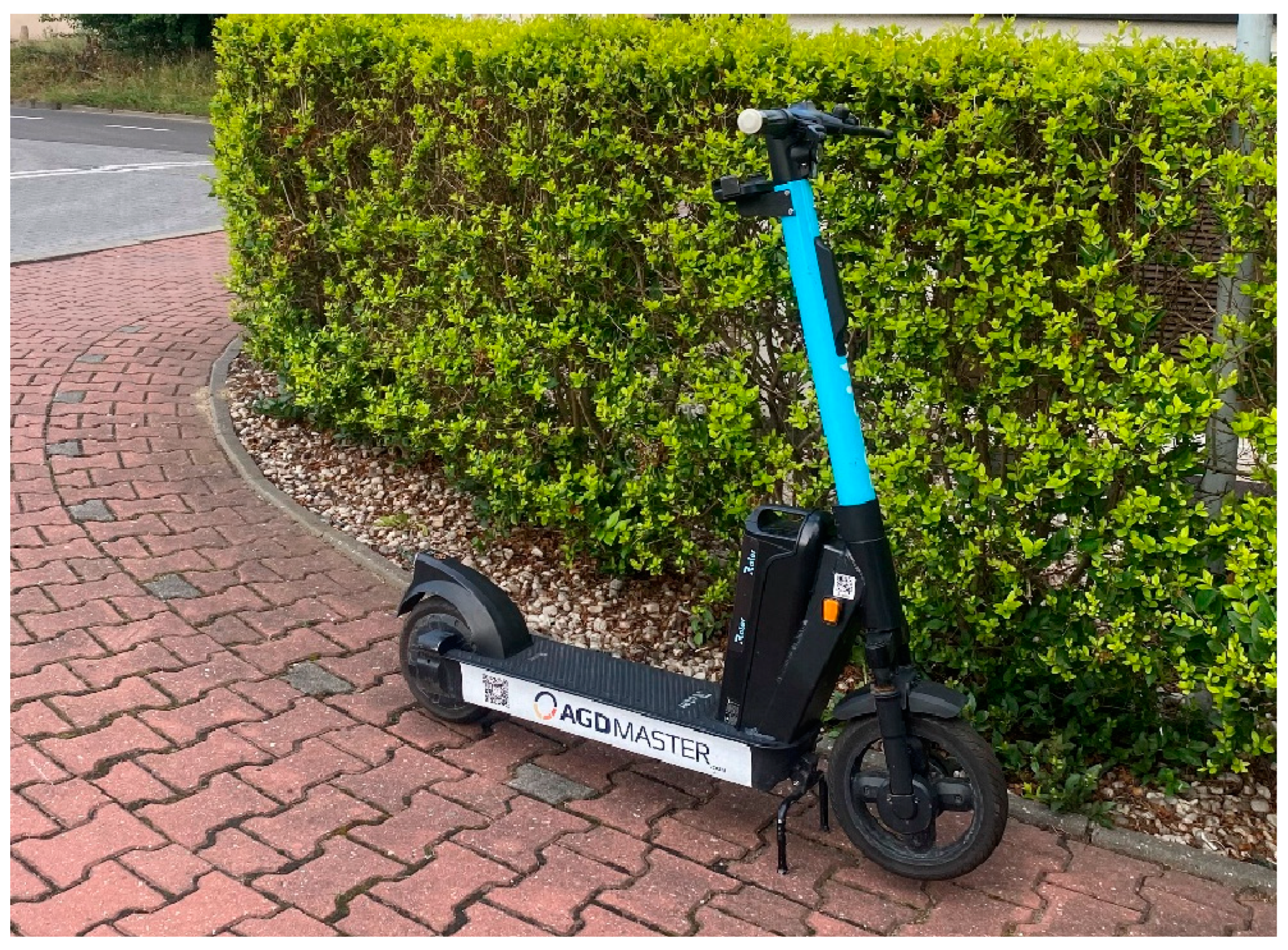
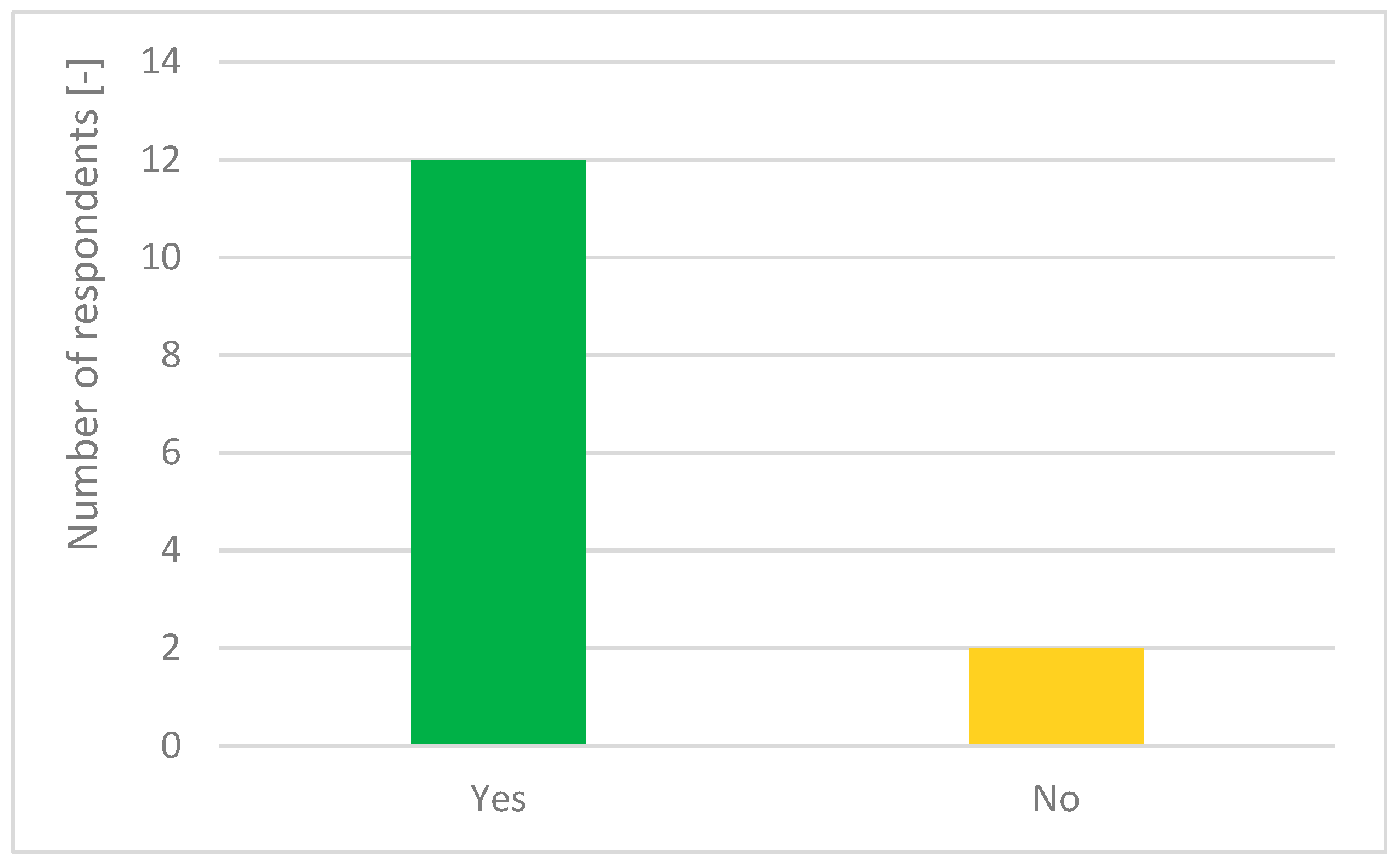
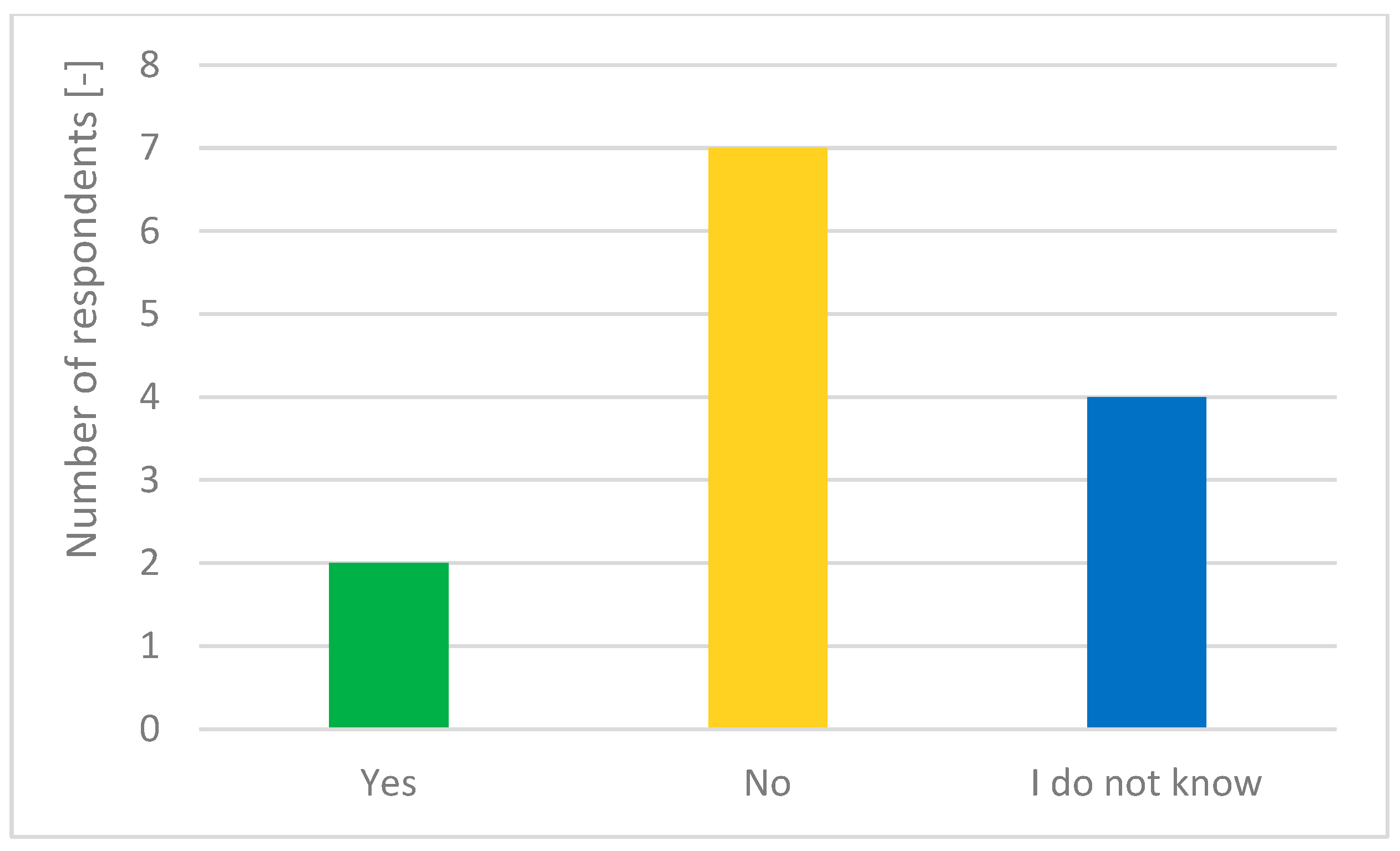
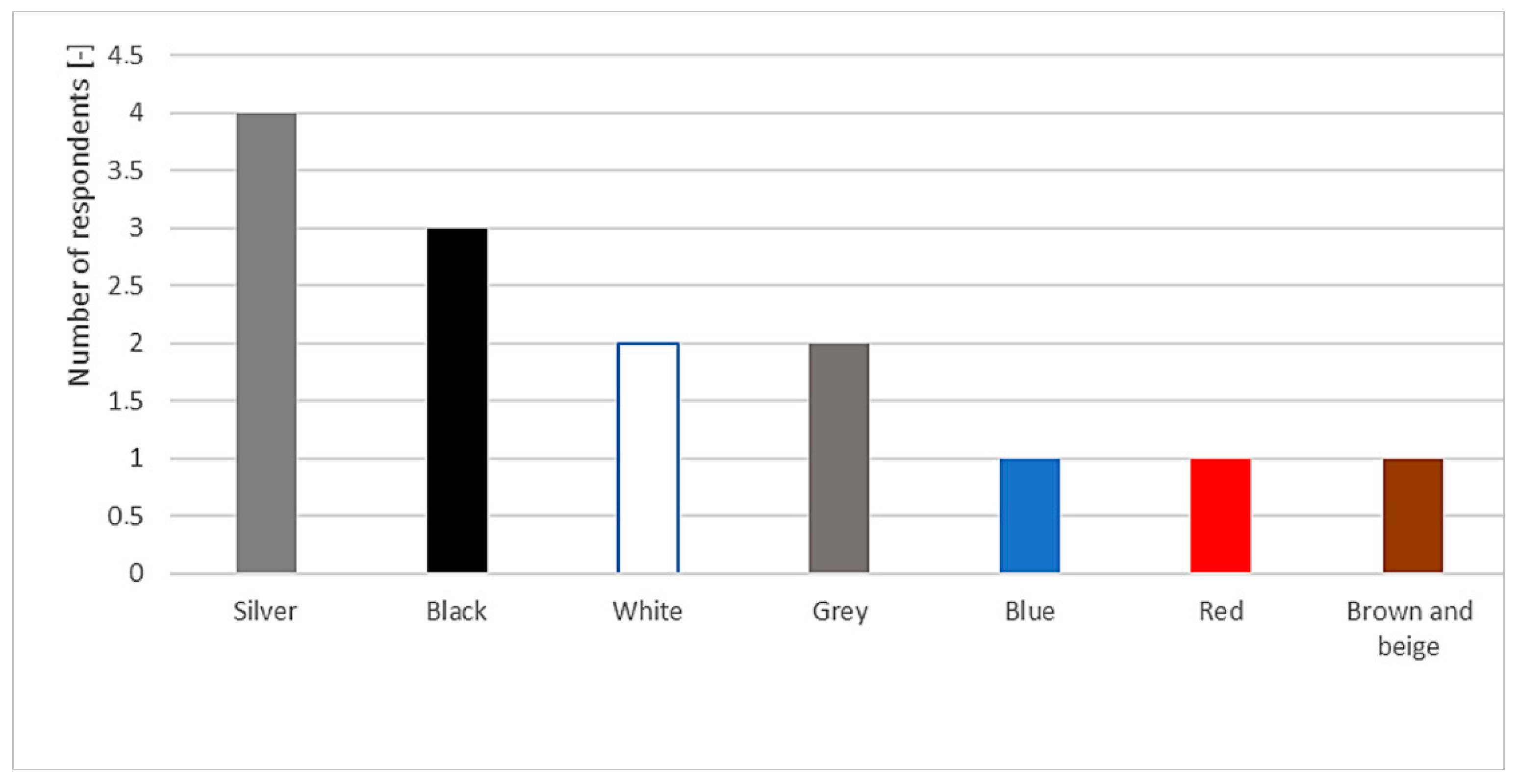
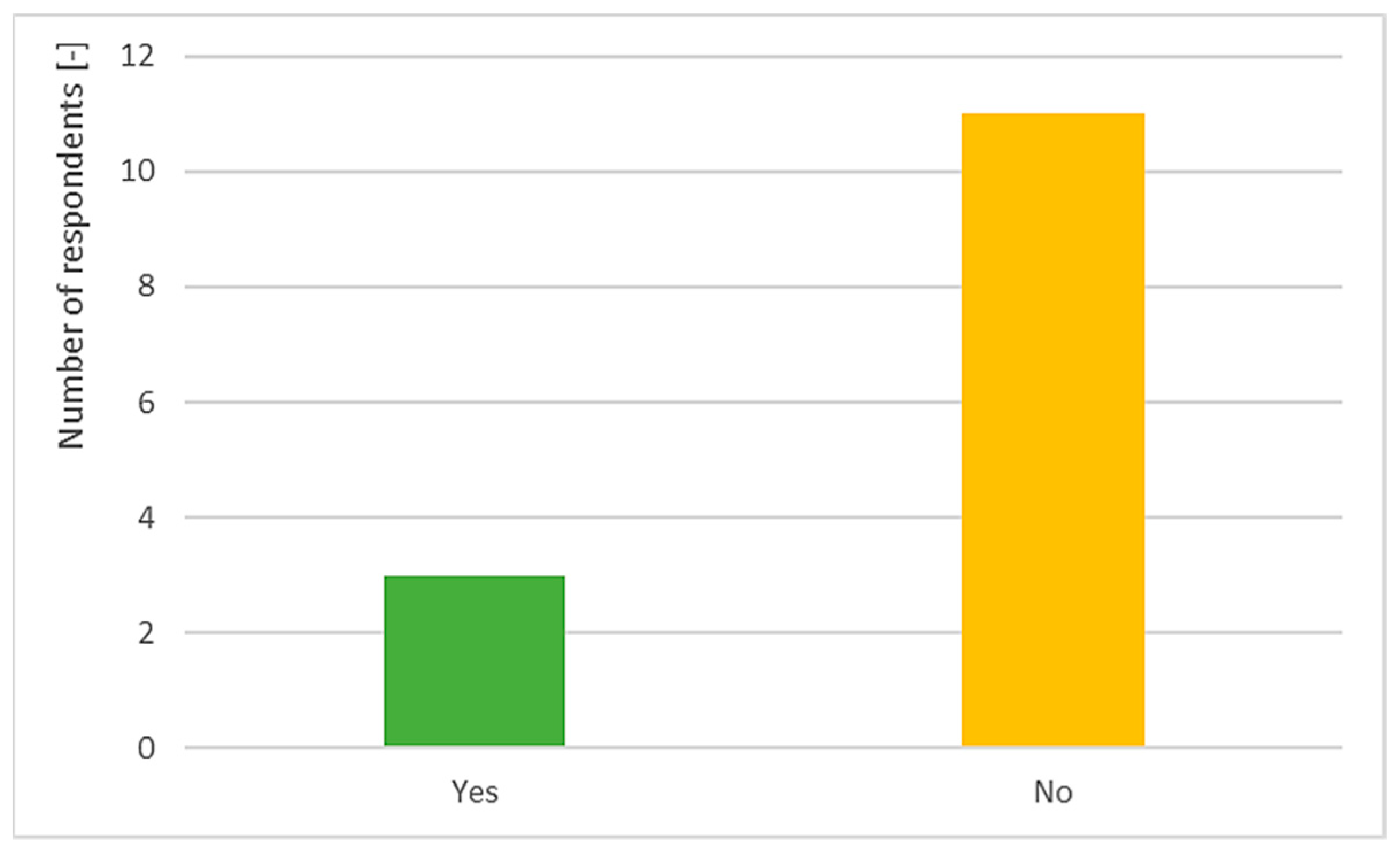
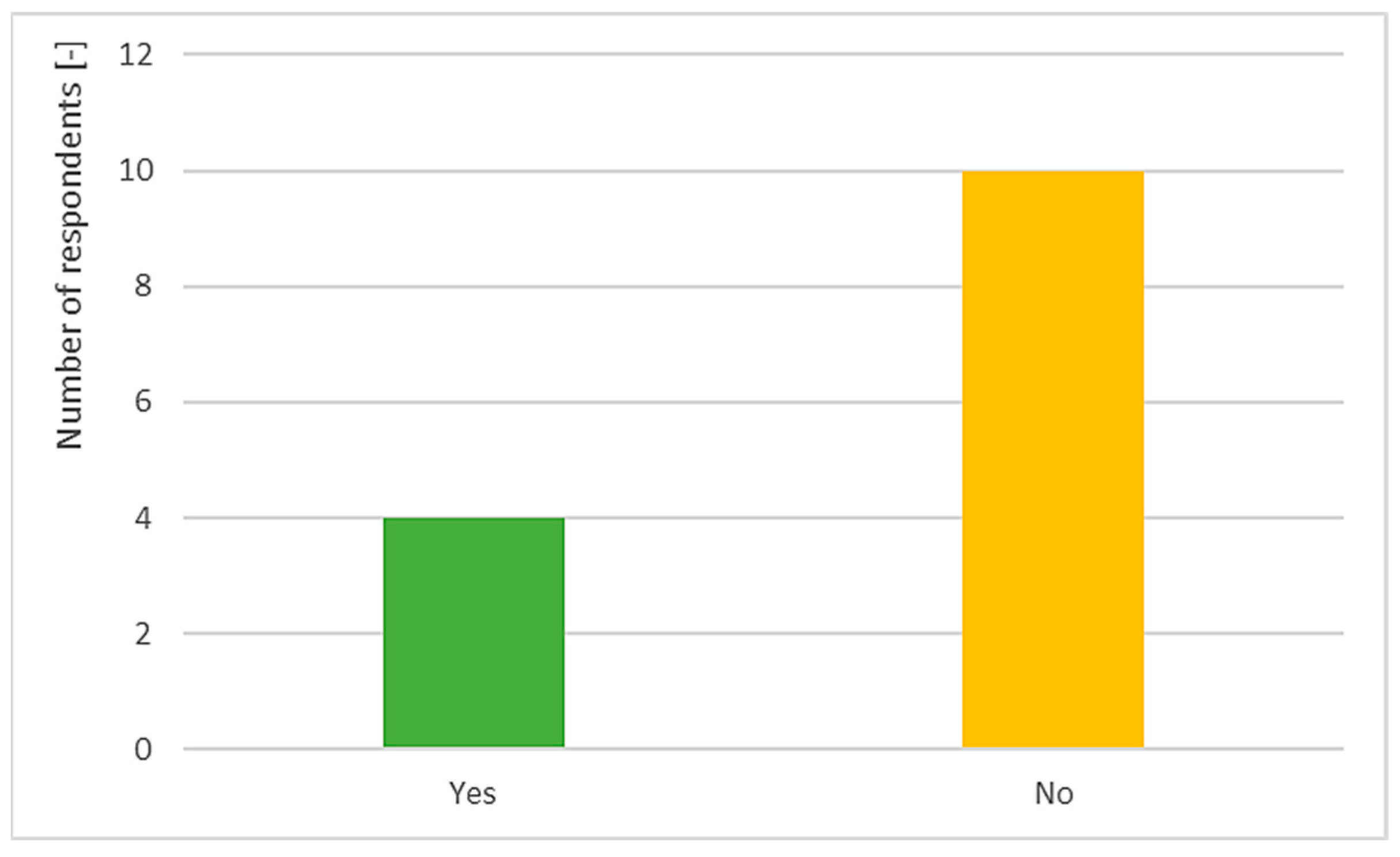
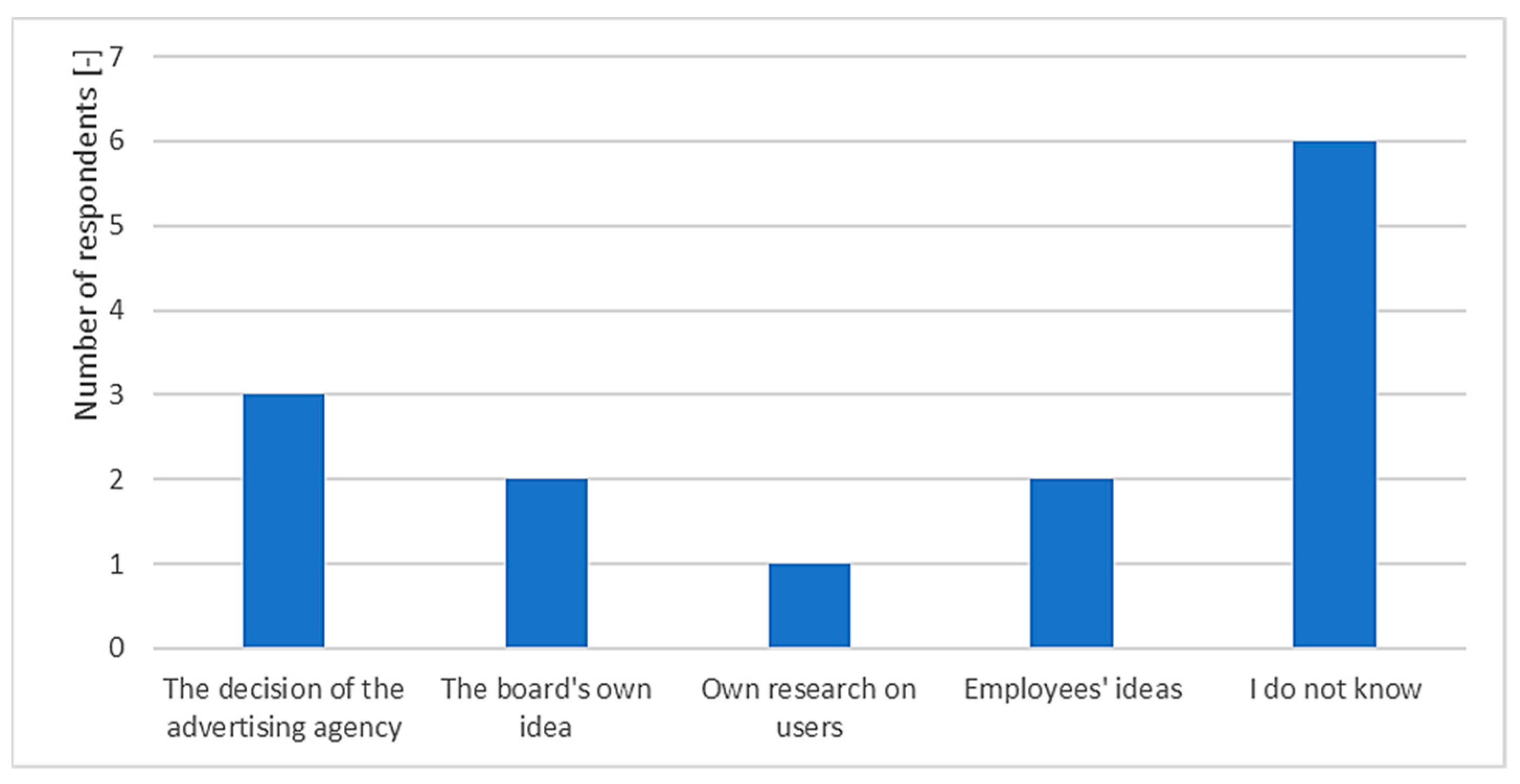
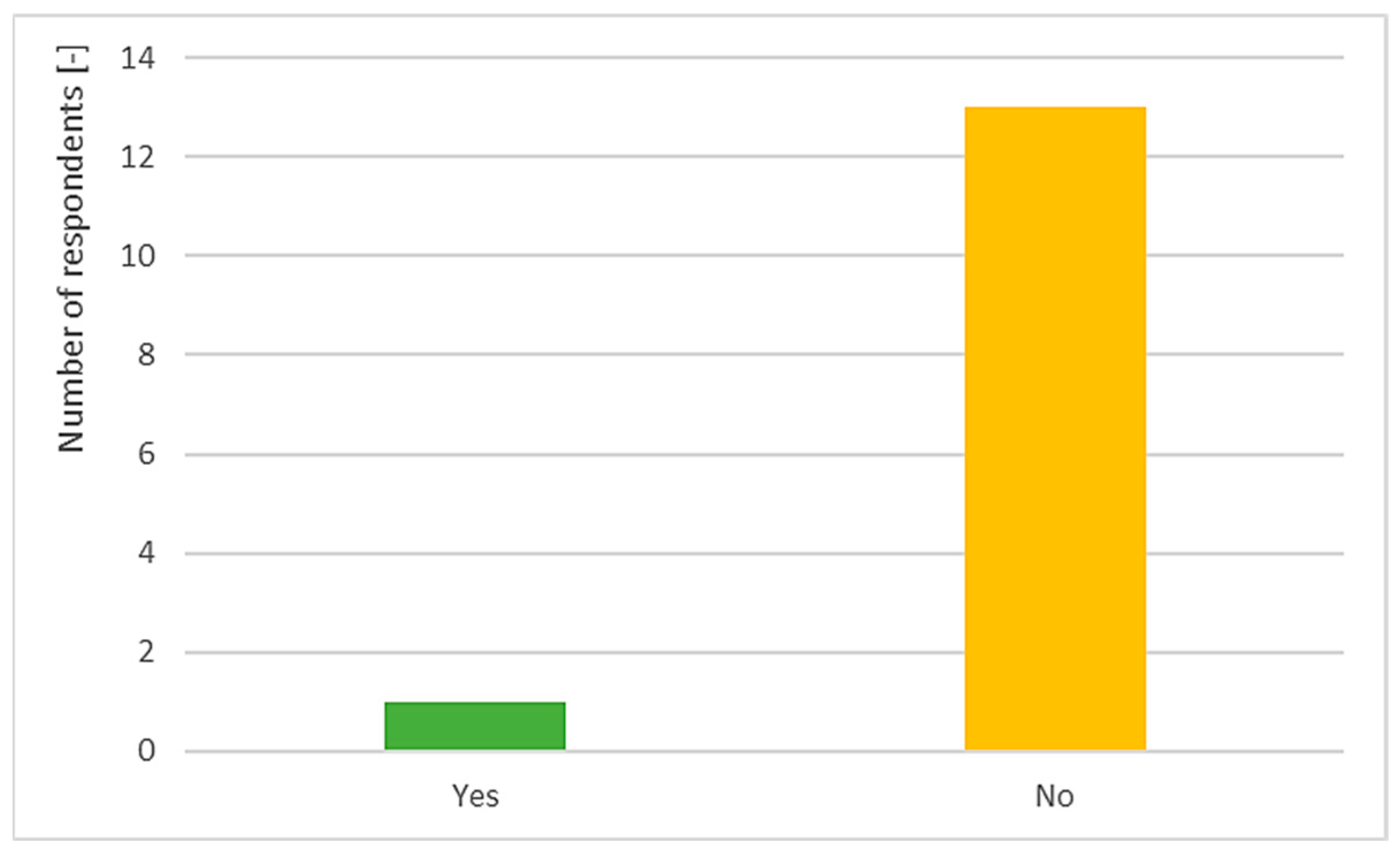
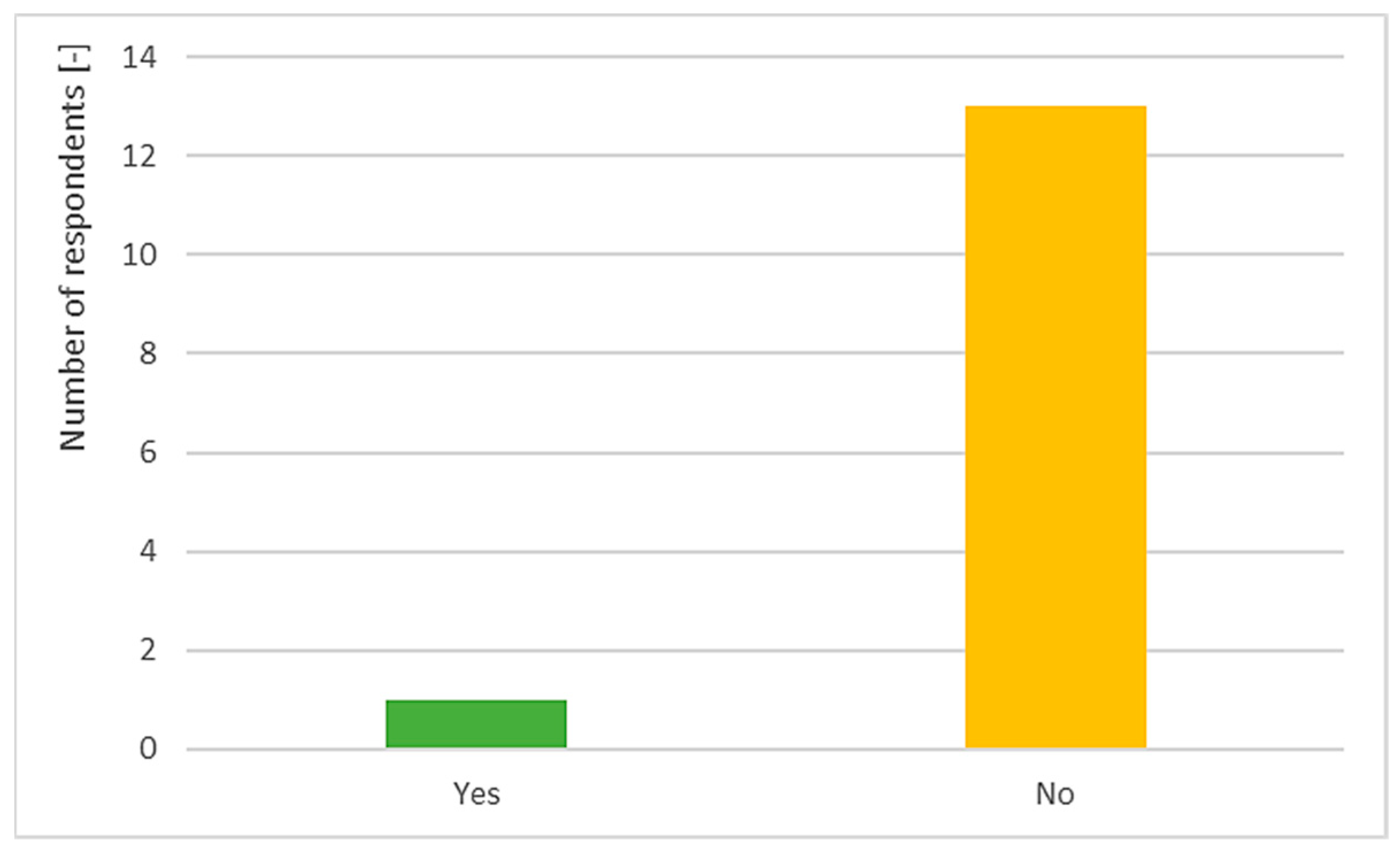
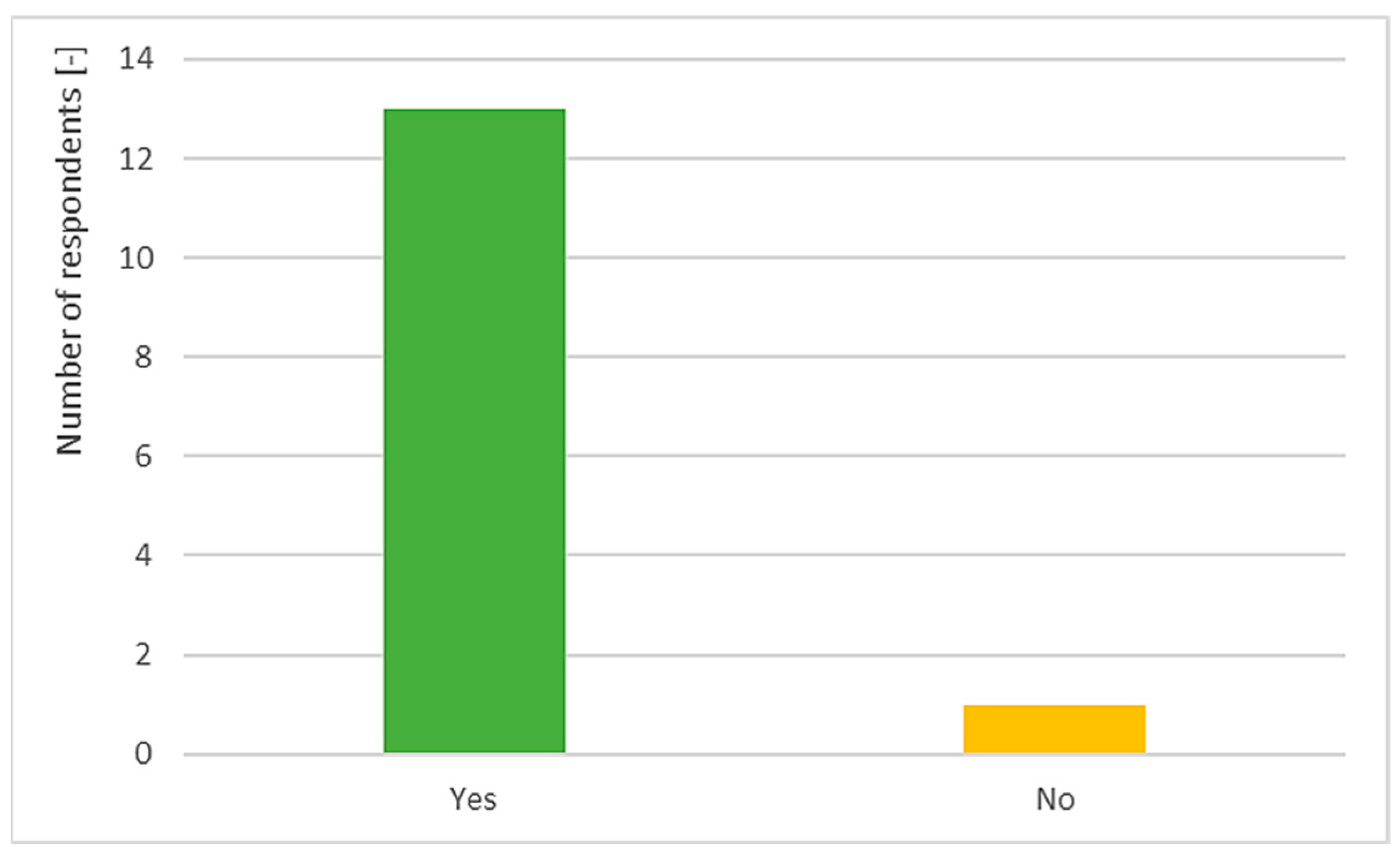
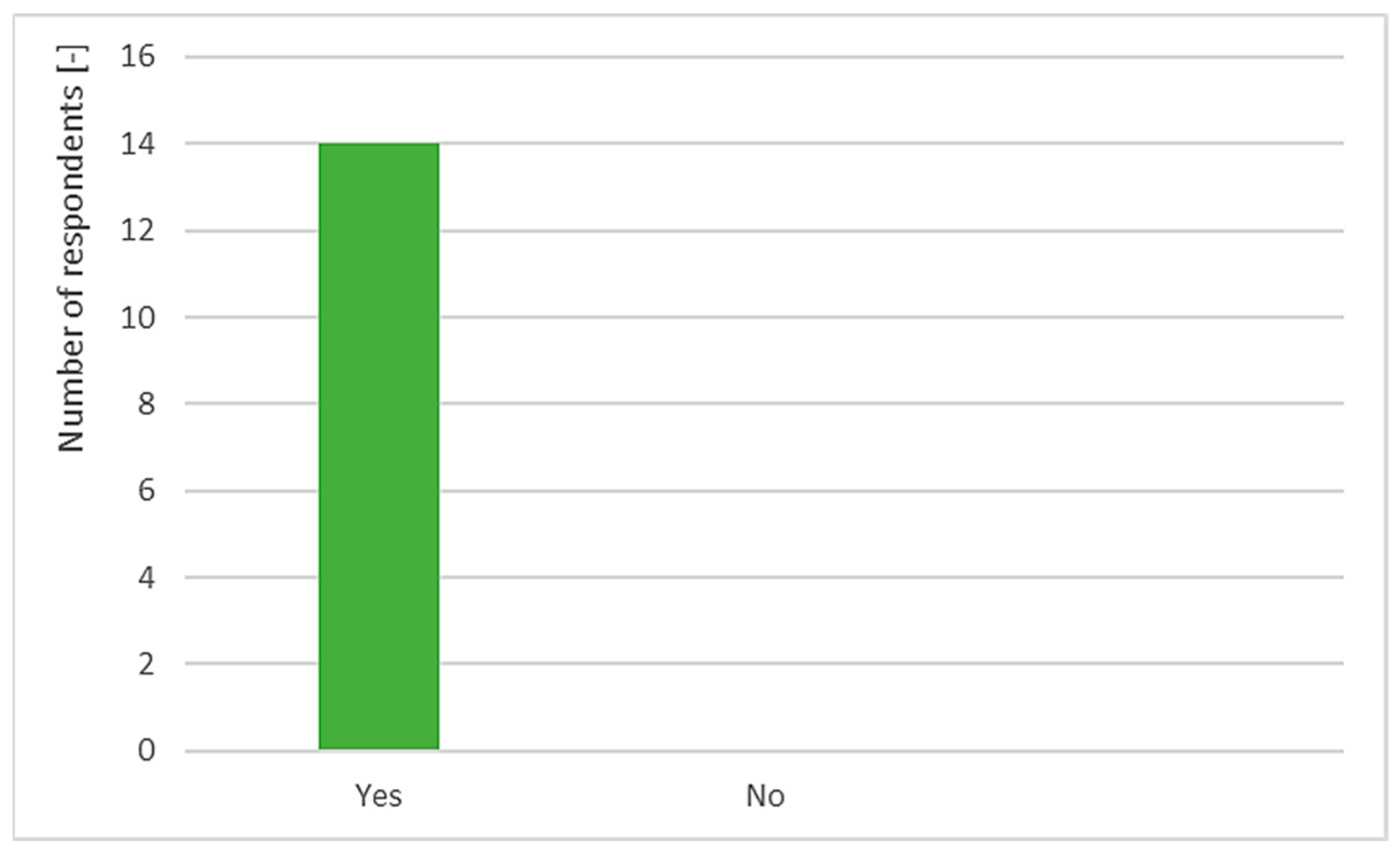
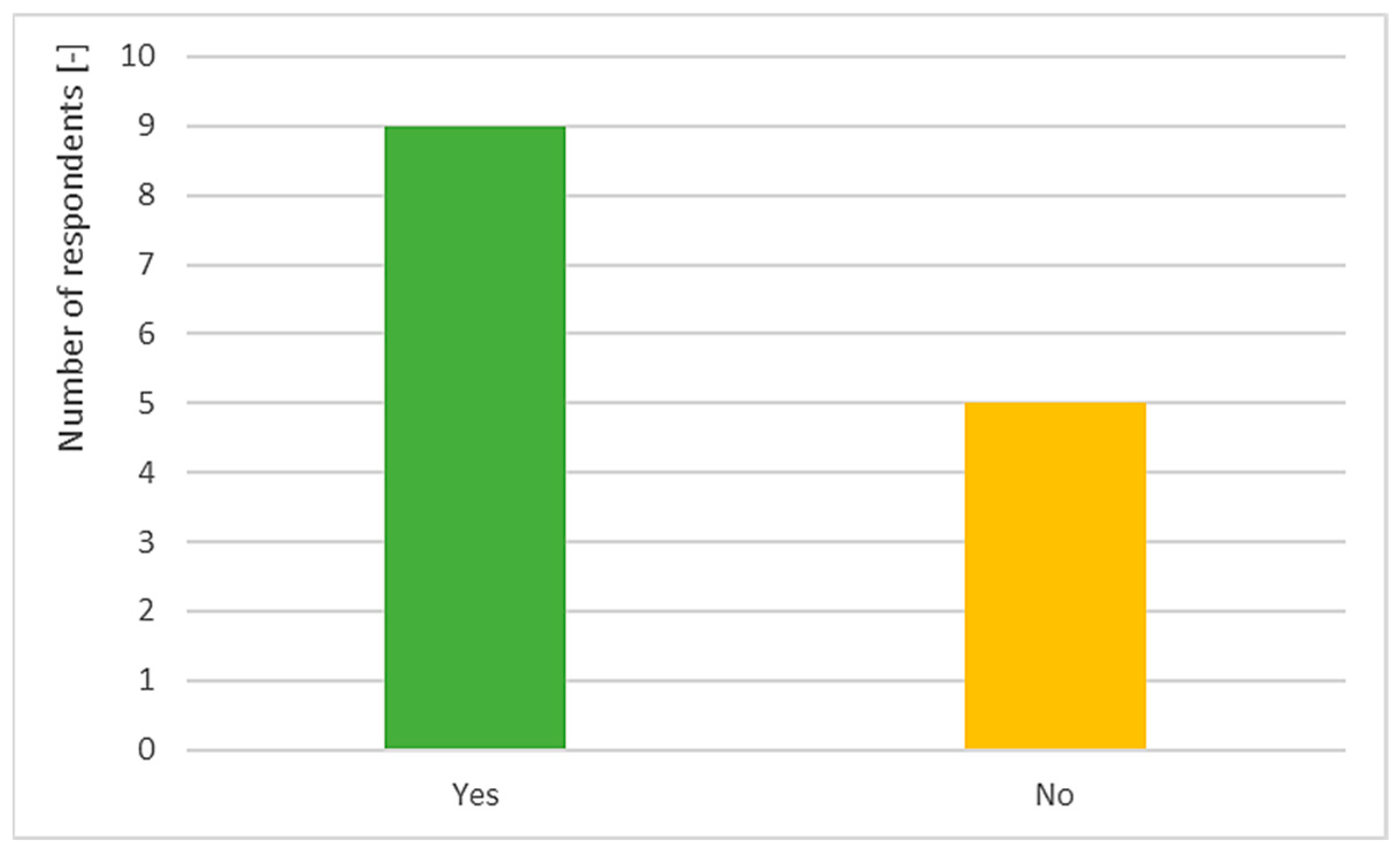
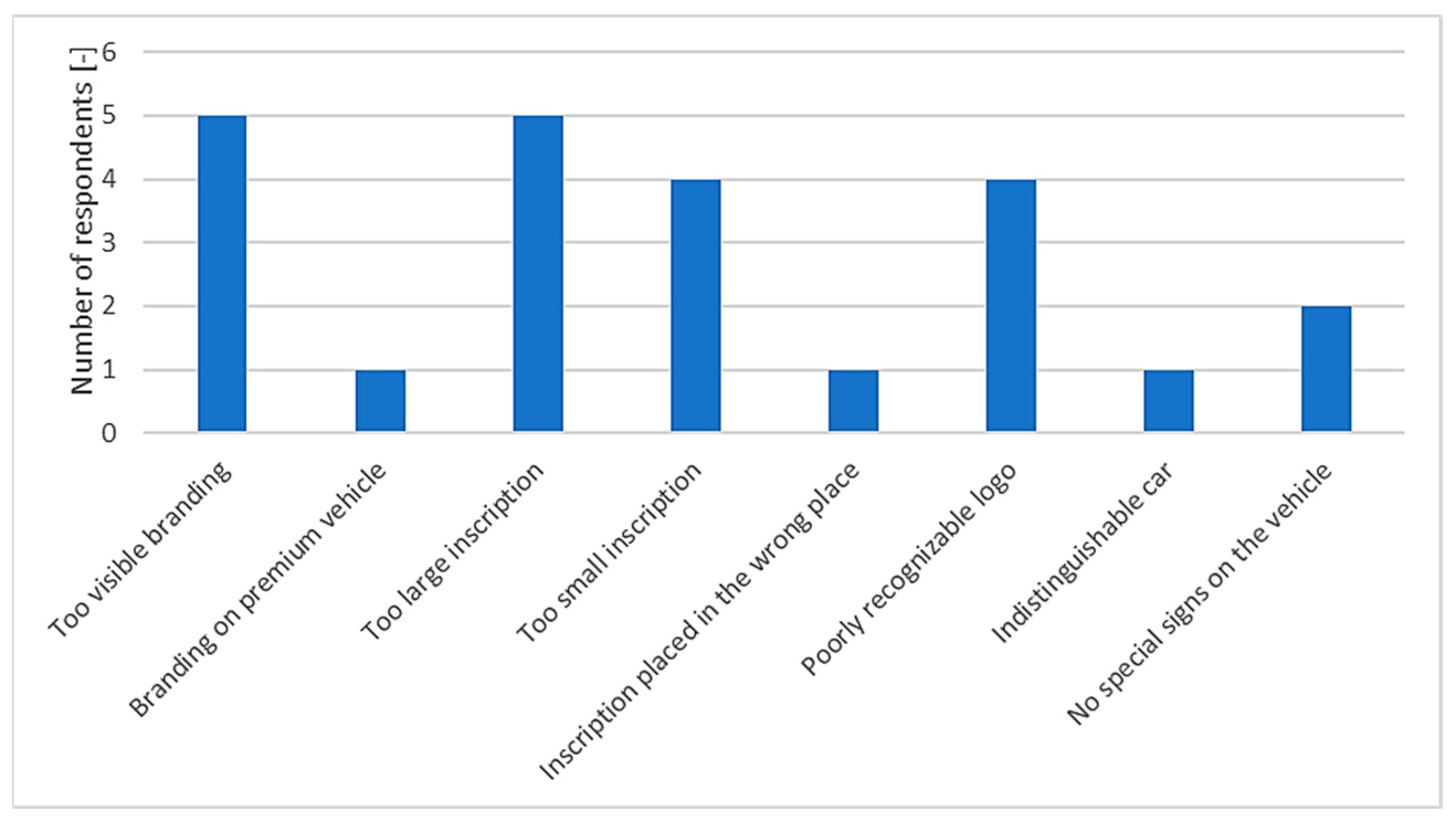
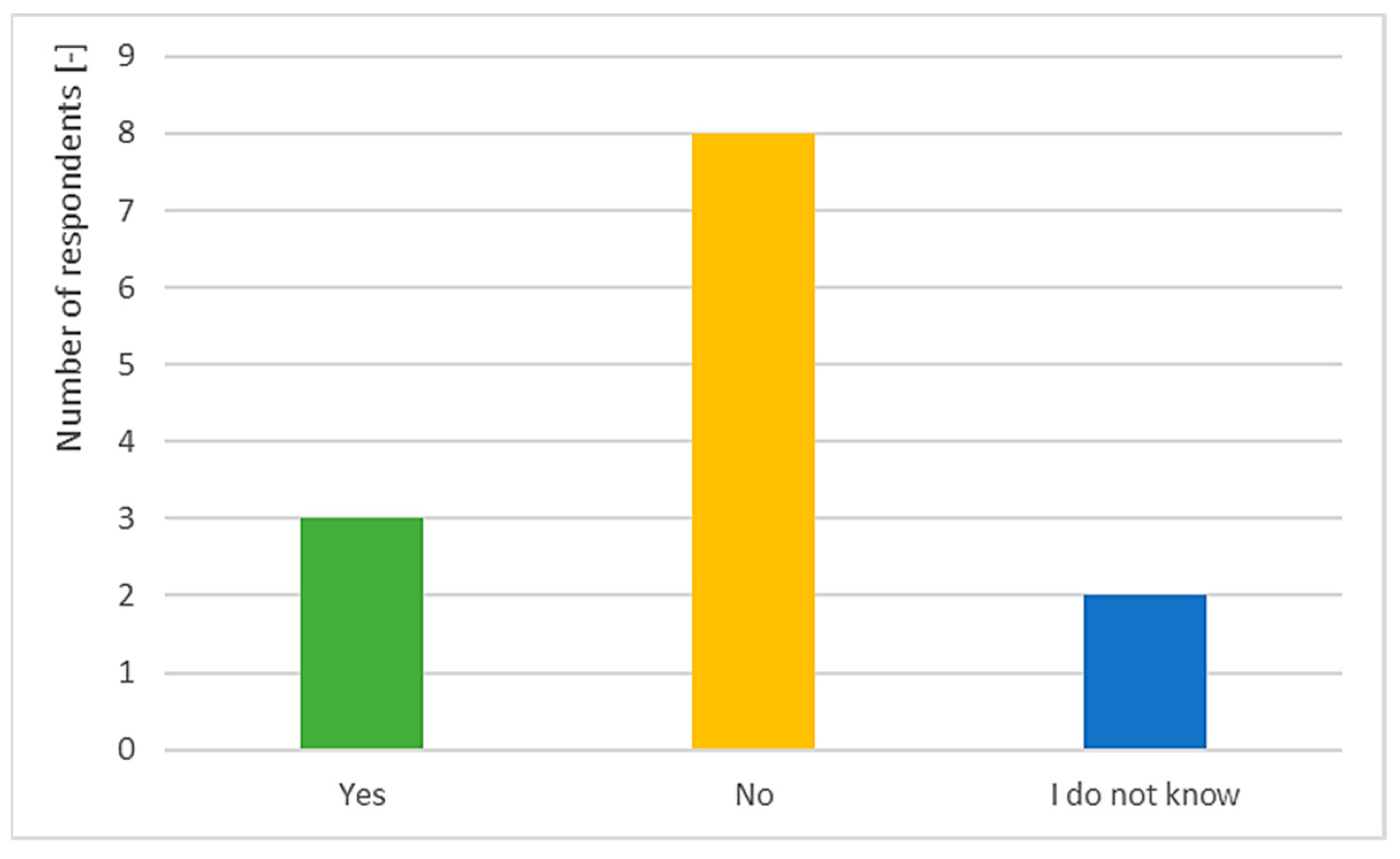
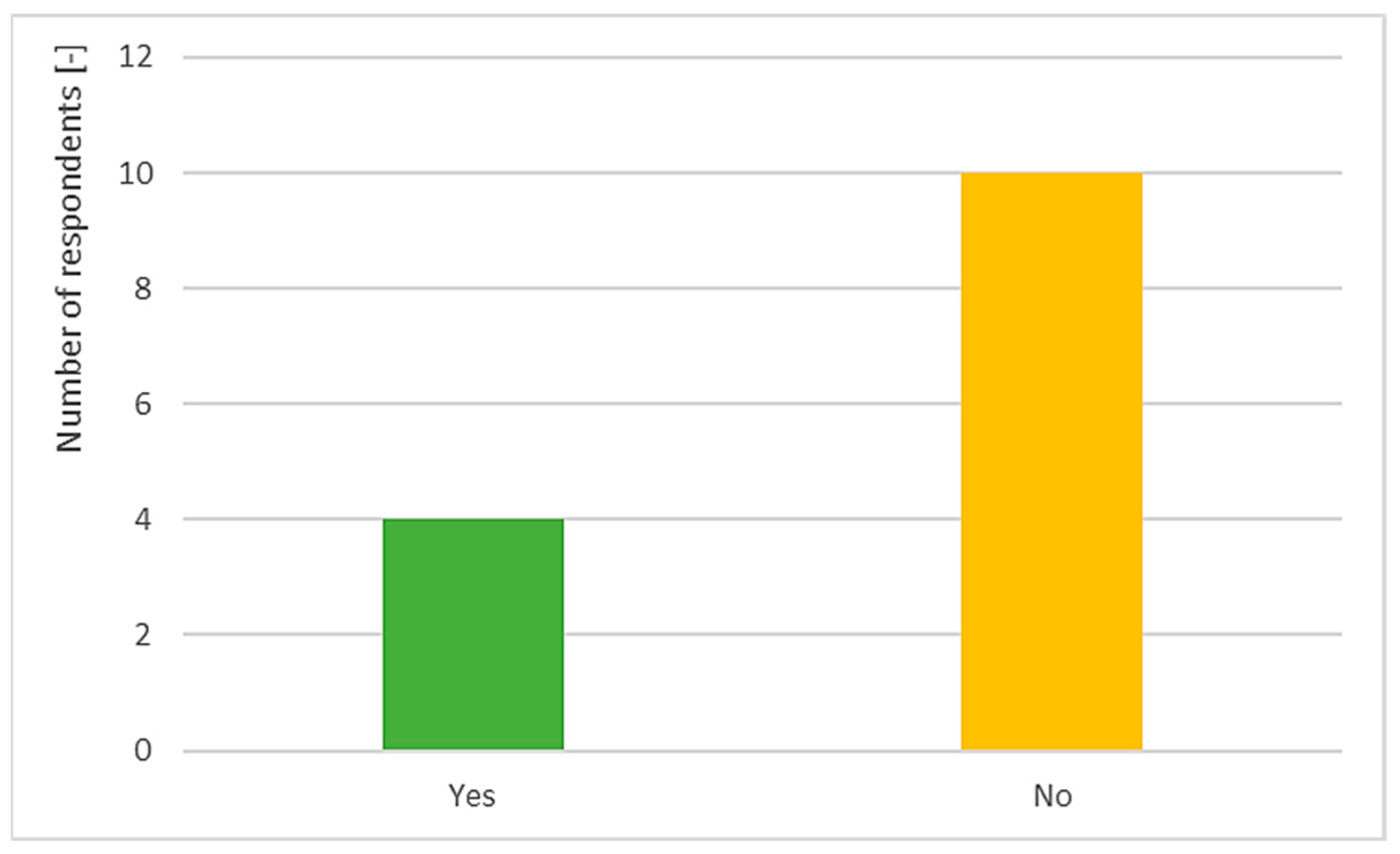
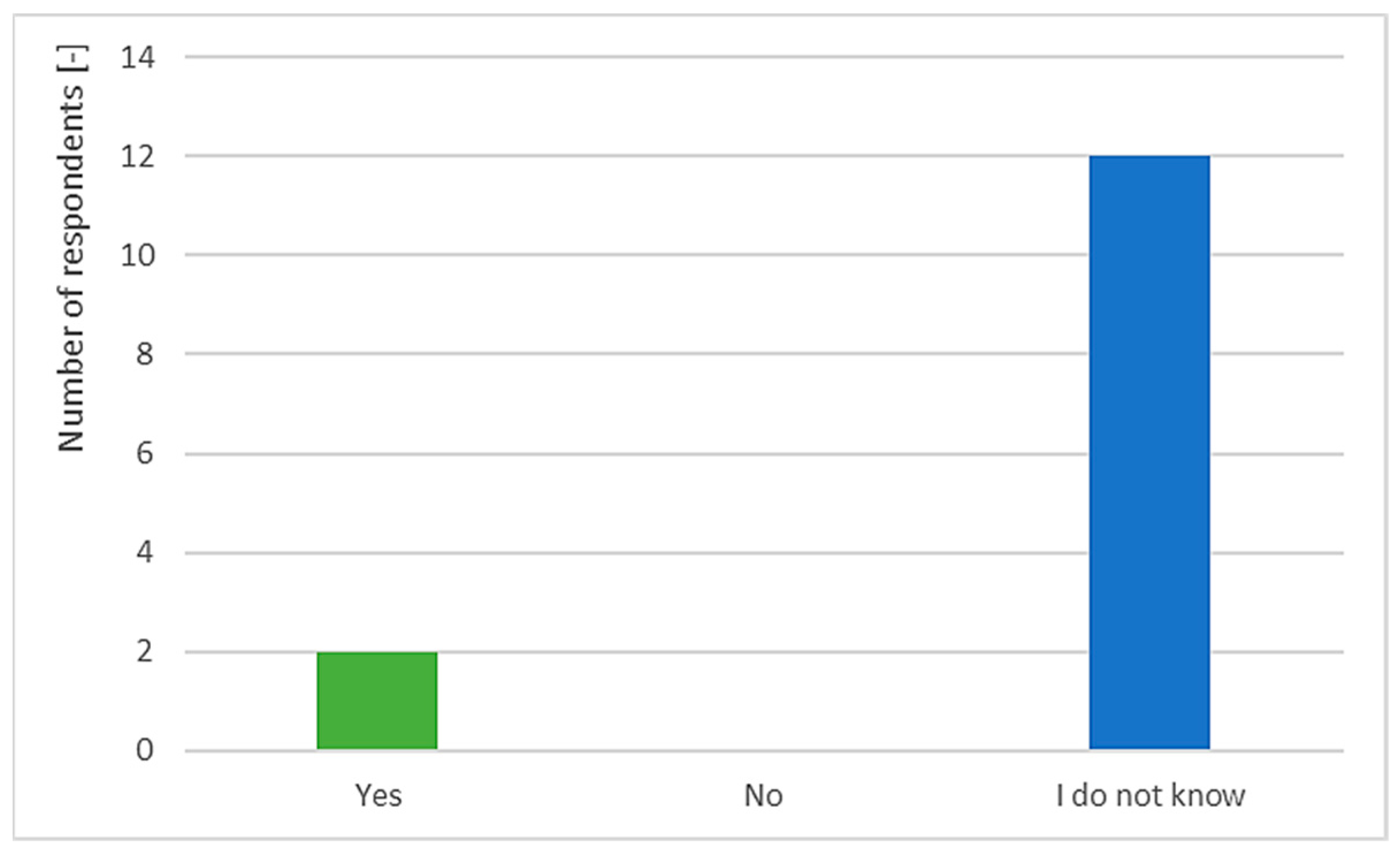
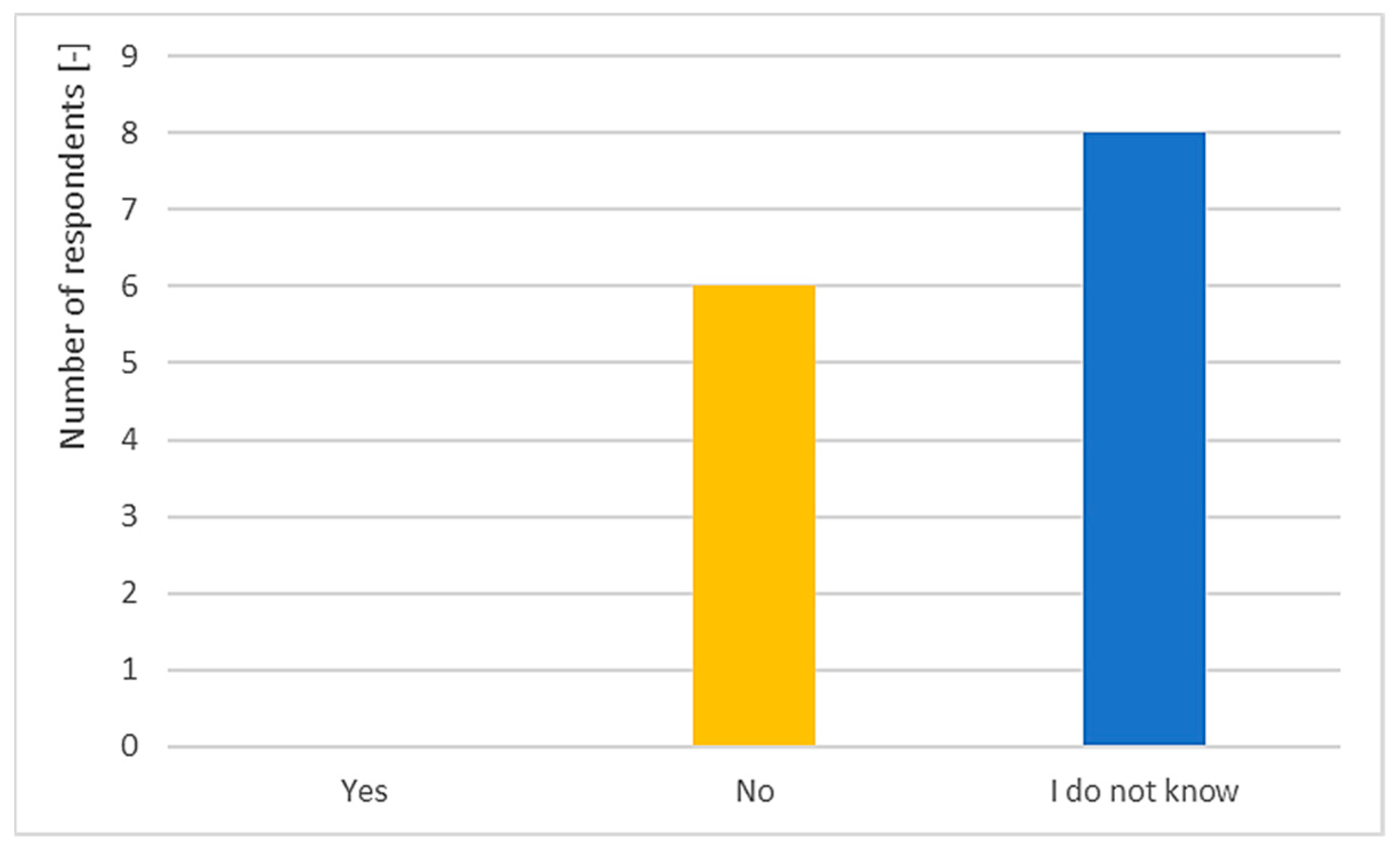
Publisher’s Note: MDPI stays neutral with regard to jurisdictional claims in published maps and institutional affiliations. |
© 2022 by the authors. Licensee MDPI, Basel, Switzerland. This article is an open access article distributed under the terms and conditions of the Creative Commons Attribution (CC BY) license (https://creativecommons.org/licenses/by/4.0/).
Share and Cite
Turoń, K.; Kubik, A.; Ševčovič, M.; Tóth, J.; Lakatos, A. Visual Communication in Shared Mobility Systems as an Opportunity for Recognition and Competitiveness in Smart Cities. Smart Cities 2022, 5, 802-818. https://doi.org/10.3390/smartcities5030041
Turoń K, Kubik A, Ševčovič M, Tóth J, Lakatos A. Visual Communication in Shared Mobility Systems as an Opportunity for Recognition and Competitiveness in Smart Cities. Smart Cities. 2022; 5(3):802-818. https://doi.org/10.3390/smartcities5030041
Chicago/Turabian StyleTuroń, Katarzyna, Andrzej Kubik, Martin Ševčovič, János Tóth, and András Lakatos. 2022. "Visual Communication in Shared Mobility Systems as an Opportunity for Recognition and Competitiveness in Smart Cities" Smart Cities 5, no. 3: 802-818. https://doi.org/10.3390/smartcities5030041
APA StyleTuroń, K., Kubik, A., Ševčovič, M., Tóth, J., & Lakatos, A. (2022). Visual Communication in Shared Mobility Systems as an Opportunity for Recognition and Competitiveness in Smart Cities. Smart Cities, 5(3), 802-818. https://doi.org/10.3390/smartcities5030041







